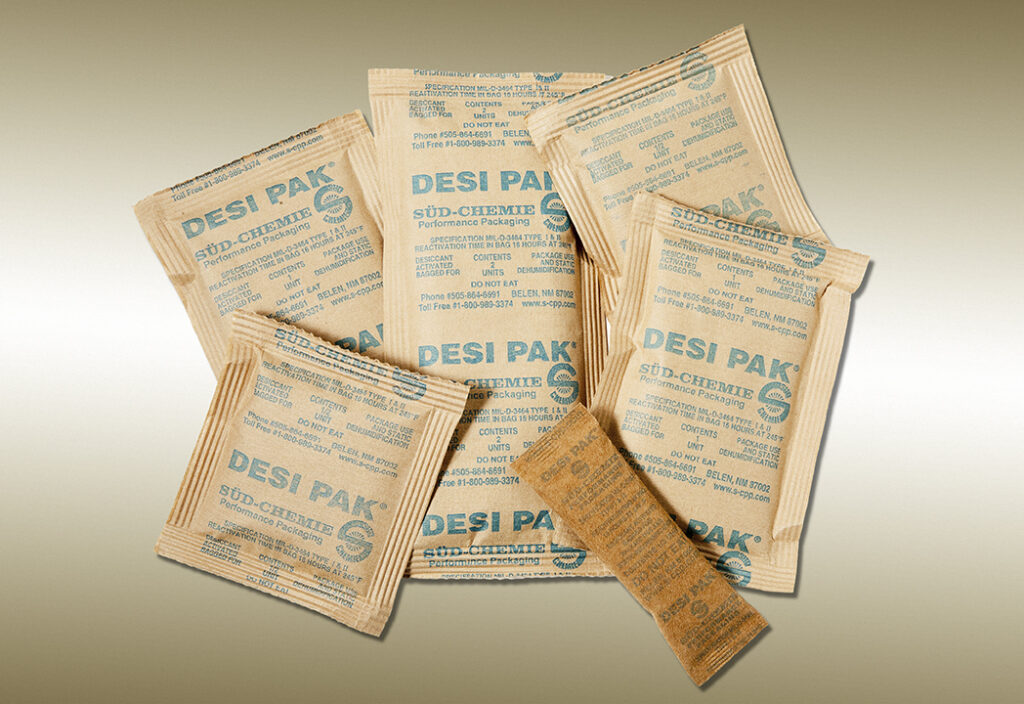Desiccant bags, often overlooked in the recycling process, play a crucial role in preserving the freshness and quality of various products. From electronics to food items, these small packs contain desiccants, such as silica gel, that absorb moisture, preventing spoilage and damage during storage and transit. However, once their primary function is fulfilled, what should be done with these tiny yet significant components? This guide aims to shed light on the importance of recycling desiccant packs and provides practical tips on how to do it effectively.
Understanding Desiccant Packs
Desiccant packs are commonly found in various packaging materials, including electronic devices, shoes, clothing, medications, and food products. These packs often contain silica gel, a non-toxic substance known for its excellent moisture-absorbing properties. By reducing humidity levels within sealed packages, desiccants help extend the shelf life of products and prevent corrosion, mold, and other forms of damage.
Why Recycle Desiccant Packs?
Despite their small size, desiccant packs contribute to environmental waste when disposed of improperly. Many end up in landfills, where they can take years to decompose. Moreover, if desiccants contain harmful chemicals, they may pose environmental risks as they break down over time.
Recycling desiccant packs offers several benefits:
- Reducing Waste: Recycling desiccant packs minimizes the amount of non-biodegradable waste sent to landfills, contributing to a cleaner environment.
- Conserving Resources: By recycling silica gel and other desiccant materials, we can conserve natural resources used in their production, such as silica sand.
- Promoting Sustainability: Recycling aligns with sustainability goals by ensuring that valuable materials are reused or repurposed rather than discarded.
How to Recycle Desiccant Packs
Recycling desiccant packs is a simple yet impactful way to minimize waste and promote environmental responsibility. Follow these steps to recycle your desiccant packs properly:
- Check Local Guidelines: Start by checking your local recycling guidelines to determine if desiccant packs are accepted in your curbside recycling program. Some municipalities may accept them along with other types of plastics, while others may require special handling.
- Separate Materials: If your desiccant packs contain multiple components, such as a paper packet and a desiccant material like silica gel, separate these components before recycling. Paper packets can typically be recycled with paper and cardboard, while the desiccant material may require separate handling.
- Reuse or Donate: Consider reusing desiccant packs for their intended purpose or donating them to organizations or individuals who can use them. Many items, such as shoes or electronics, may benefit from the addition of a fresh desiccant pack to maintain freshness and prevent moisture-related damage.
- Specialized Recycling Programs: Look for specialized recycling programs or drop-off locations that accept desiccant packs. Some retailers or manufacturers may offer take-back programs for specific types of packaging materials, including desiccant packs.
The Future of Desiccant Recycling: Desiccant Film
As technology advances, new methods for incorporating desiccants into packaging materials are emerging. One such innovation is the development of desiccant films, thin sheets infused with moisture-absorbing compounds. These films offer several advantages over traditional desiccant packs, including enhanced flexibility, reduced packaging bulk, and improved recyclability.
Desiccant films can be integrated directly into packaging materials, eliminating the need for separate desiccant packs and reducing waste. Furthermore, the thin, lightweight nature of desiccant film makes them ideal for a wide range of applications, from food packaging to pharmaceuticals to electronics.
By embracing sustainable packaging solutions such as desiccant films, manufacturers can reduce their environmental footprint while ensuring the quality and integrity of their products.
Sure, let’s delve deeper into each step of the recycling process and explore additional strategies for effectively recycling desiccant packs:
1. Check Local Guidelines:
Before recycling your desiccant packs, it’s essential to understand your local recycling guidelines. Some municipalities accept desiccant packs as part of their standard recycling program, while others may require special handling due to the materials they contain. Check with your local waste management authority or visit their website to find out the specific guidelines for recycling desiccant packs in your area.
2. Separate Materials:
Desiccant packs often consist of multiple components, such as a paper packet and desiccant material. When preparing desiccant packs for recycling, it’s crucial to separate these components properly. Paper packets can typically be recycled with paper and cardboard materials, while the desiccant material may require separate handling. Follow any instructions provided by your local recycling facility to ensure that each component is recycled appropriately.
3. Reuse or Donate:
Before recycling, consider whether your desiccant packs can be reused or donated. If the desiccant material is still effective, you can reuse the packs for their intended purpose to absorb moisture in various applications. For example, place them in storage containers, shoes, or closets to prevent mold and mildew growth. Additionally, consider donating unused desiccant packs to local organizations, such as animal shelters or food banks, where they can be put to good use.
4. Specialized Recycling Programs:
In addition to standard recycling programs, look for specialized recycling programs or drop-off locations that accept desiccant packs. Some retailers or manufacturers offer take-back programs for specific types of packaging materials, including desiccant packs. These programs may provide convenient options for recycling desiccant packs that are not accepted in curbside recycling bins. Check with retailers or manufacturers of products that contain desiccant packs to inquire about recycling options available in your area.
5. Educate Others:
Spread awareness about the importance of recycling desiccant packs and encourage others to do the same. Share information about proper recycling practices with friends, family, and community members. Consider organizing educational events or workshops to inform others about the environmental benefits of recycling desiccant packs and how they can participate in recycling efforts. By raising awareness and promoting responsible recycling practices, we can collectively make a positive impact on the environment.
6. Support Sustainable Packaging:
Support companies that prioritize sustainable packaging solutions, such as desiccant films, which are designed to be more environmentally friendly and recyclable than traditional desiccant packs. When purchasing products, look for brands that use sustainable packaging materials and practices. By supporting companies that prioritize sustainability, you can encourage more widespread adoption of eco-friendly packaging solutions and contribute to reducing waste in the long term.
Conclusion:
Recycling desiccant packs is an essential step towards reducing waste and promoting environmental sustainability. By following the steps outlined above and exploring additional strategies for recycling desiccant packs, we can all play a part in minimizing our environmental footprint and creating a cleaner, greener future for generations to come. Together, let’s work towards a world where every component, no matter how small, is recycled and repurposed to its fullest potential.






